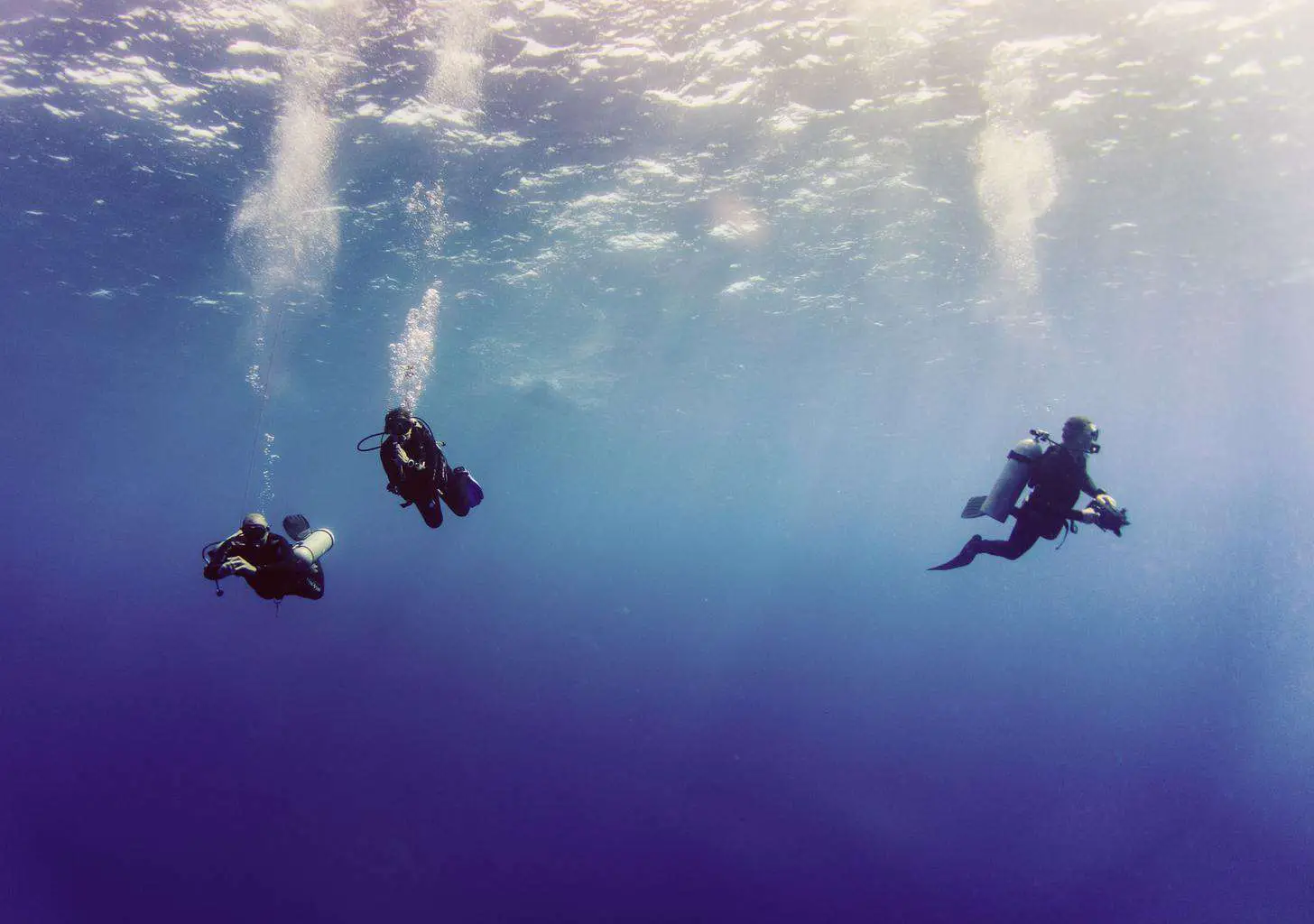If you’re planning the first dive onto an incredible wreck you’ve been researching, you’ll want to get down there as fast as possible, right?
But wait a minute!
While we’re all aware you need to ascend slowly at the end of the dive to remain safe, what about descending?
Can you descend too quickly?
We’re going to take a look at all aspects related to descending safely.
We’ll see that broadly speaking, how fast you can safely descend will be primarily controlled by you and your buddies as individuals.
To be safe, you need to descend slowly enough to stay in control, equalize body air spaces, and remain in close buddy contact.
One or all of these will determine your descent speed limit, and they might well change from dive to dive.
- How Fast Can You Descend Scuba Diving?
- How Do You Descend in Scuba Diving?
- Why Does Descent Speed Matter?
- Why Am I Having Difficulty Descending (Too Fast or Slow)?
- 8 Descent Tips for Beginner Divers
- Conclusion
- You Might Also Like…
Disclosure: this post contains affiliate links (clearly marked with ), which means we may earn a commission if you buy something through them, at no additional cost to you.
How Fast Can You Descend Scuba Diving?
Before talking about exactly how fast you can descend, let’s take a look at the correct way that we should descend on a recreational dive.
Correct procedures, proper buddy techniques, environmental considerations, and remaining safe will control the realistic speed that we can descend at.
How Do You Descend in Scuba Diving?
On the beginner open water course, divers are taught to descend slowly and safely, using a training agency variation of a 5-point procedure to help make sure that all appropriate descent steps are remembered and carried out.
With practice, this procedure becomes second nature for experienced divers and generally will become less formal while still covering all aspects needed.
Before a dive begins, a diver is positively buoyant with air filling their BCD to keep them floating comfortably at the surface.
When it’s time to dive, the descent procedure (here the PADI 5-point S-O-R-T-E-D for example purposes) can begin:
- Signal – Through hand signals, or talking if safe to do so, dive buddies will signal to each other to check they’re ready to start the dive.
- Orientate – Divers should orientate themselves to check the start point of the dive and check below the water to be aware of what they’re about to descend onto.
This could be as simple as consciously remembering the part of the beach you’re starting from or your boat’s name on a busy site, or taking a compass bearing, and then checking below to make sure you’re not right above a shallow reef or even other divers before you leave the surface and crash onto them. - Regulator – Swop over from the snorkel to the regulator so you’re ready to breathe underwater.
- Time – When running dives with tables, it’s important to note the dive’s start time. These days, this step is typically used to check your dive computer is working and ready to record the dive.
- Elevate – To let air out of the BCD slowly, divers need to elevate the inflator hose upwards so air can come out.
- Exhale – Properly weighted divers will usually need to exhale slowly and empty their lungs to leave the surface as the BCD empties.
- Equalize Early and Often – Look after your ears by starting to equalize your ears and other airspaces right away and repeat as you descend.
- Descend – Slowly descend, maintain close contact with your buddy, and frequently check with hand signals that they’re ok. Continue to maintain orientation and focus on depth and direction.
While descending, it’s necessary to slowly add air back to the BCD to compensate for buoyancy lost as your wetsuit compresses with depth and then to maintain neutral buoyancy,
How to Descend While Staying Together With Your Buddy
It’s crucial to maintain buddy contact on all dives, and particularly during descent.
In clear tropical waters, this is relatively easy due to the high visibility.
However, even then, it’s still possible to lose your buddy if not paying attention.
Ideally, divers should face their buddy while descending.
While still keeping awareness of their surroundings so as not to damage anything, they should be focusing on making sure that both they and their buddy have reached a suitable depth and are settled to start the dive before spending too much time looking around.
Divers should check with each other during the descent with hand signals to make sure they’re ok, and signal to each other if there’s a problem.
It’s important to remember that the slowest diver should control the descent.
If a diver is having a problem clearing their ears, for example, then their buddy should stay with them once they’ve signaled the concern and, if necessary, ascend with them until it’s solved.
Never continue to descend if your buddy has a problem.
Why Does Descent Speed Matter?
If we descend too quickly, we can cause problems ranging from relatively minor to extremely serious.
Generally speaking, one way or the other, descending too quickly results in a lack of control, which is never ideal when scuba diving.
What Happens if You Descend Too Fast While Diving?
Some of the most common problems caused by descending too fast include:
- Ear, Sinus, and Mask Squeezes
- Losing Buddy Contact
- Descending Too Deep
- Lack of Buoyancy Control
- Over-exertion
- Environmental Damage
Is It Better to Descend Slowly?
Yes, in general terms, descending slowly will always leave a diver in better control of their buoyancy and less likely to lose their buddy, have problems equalizing their ears and other air spaces, cause damage to the environment, or get disoriented and lost.
A diver descending quickly may be more likely to end up going too deep and break their depth limit, which could then bring on other problems like narcosis.
Are There Advantages to a Fast Descent?
While emphasizing descending at the speed that all divers in the group are comfortable with, it could be considered that descending “quickly” might be desirable in some circumstances.
So long as it’s safe, then examples where a quick descent being beneficial might include where divers are making a deeper dive at a specific target, for example, a wreck.
In this case, descending unnecessarily slowly might use up air or no-decompression time planned to be used productively at the depth.
While not rushing to descend, deeper recreational dives as part of their planning would incorporate the need to focus on the target and carry out the dive productively.
What’s the Difference Between a Rapid Descent and an Uncontrolled Descent?
A rapid descent might be used to describe one where divers are still descending together but are experienced and comfortable enough that it can be made quickly and safely.
An uncontrolled descent is where divers are dropping too fast to manage buoyancy, equalization, buddy contact, and other factors meaning they’re out of control and are putting themselves, others, and the environment at risk.
What Is a Reasonable Descent Rate?
Unlike ascent speed, where scuba training agencies, hyperbaric doctors, and computer manufacturers have developed a maximum that divers ascending should not exceed (for example, with the PADI Recreational Diver Planner a maximum of 60ft / 18m per minute), there isn’t a similar “speed limit” for descents.
Not having a fixed rate is because the reasonable descent speed for a given dive is the fastest that the slowest member of the team is comfortable to descend at while maintaining buddy contact, controlling their buoyancy, equalizing successfully, and not damaging the environment.
With experience, descents often get a bit quicker, but physiologically even some experienced people need time to descend and equalize successfully.
Why Am I Having Difficulty Descending (Too Fast or Slow)?
Descents for new divers, in particular, can be difficult at first to manage.
As experience is still building, there can be a lot to think about.
Let’s take a look at some of the ways that descending can be made easier.
8 Descent Tips for Beginner Divers
1. Get Your Weights Right
It might seem like adding just a few more pounds or a kilo or two of lead weight will make descending easier, but generally, the opposite overall is accurate.
While being overweighted will make leaving the surface itself easier, it creates a whole load of other problems that can be outright dangerous.
As soon as a diver leaves the surface, their exposure suit will start to compress, meaning that they become more negatively buoyant (heavy) the deeper they go.
As they go deeper still, the heavier they get, they will descend faster and faster, and a rapid, uncontrolled descent can begin.
Usually a diver compensates for suit compression by adding small amounts of air to their BCD.
An overweighted diver will need large amounts.
This can be hard to judge and make buoyancy, and hence depth control, very hard to manage.
Problems with equalization are also much more likely with an overweighted diver as is over-exertion both underwater and at the surface.
A correctly weighted diver has to make relatively small buoyancy adjustments, making it far more likely to easily make a controlled descent.
Make a pre-dive weight check to see how much you need for the dive and remember that it’s generally best to double check at the end of the dive when your tank is lower on air and less buoyant.
2. Practice The Procedure
The scuba agency’s multi-stage descent procedures might seem a bit staged and false, but they’re a great way to ensure that all the vital steps are followed.
Stick with them until you gain more experience, and quickly you’ll find that everything just comes naturally and smoothly.
3. Stick With the Same Buddy
It’s much easier to descend with a buddy that you’re familiar with.
You’ll know each other’s strengths and have the experience to know if, for example, one buddy needs a bit more time for their ears to equalize slowly.
4. Check Your Depth
Keep an eye on your computer’s depth display so you can quickly see how fast you’re descending, particularly in lower visibility.
If you see that number climb too fast, add some air into the BCD to compensate and slow everything down.
5. Keep Your Eyes Open
Remember to keep a watch for your buddy and also your surroundings.
Keep a look periodically below, so you don’t crash into other divers or the natural environment.
Use any visual references present like the reef wall or a descent line to judge your descent rate visually.
6. Listen to the Dive Briefing
Make sure you pay attention on a group dive to the instructions of the guide on how you’re going to start the dive, so you know what’s going on.
Confusion at the beginning of the dive can be an added stress factor that might make a smooth descent more difficult.
7. Don’t Ever Forget Your Ears
Equalize your body air spaces early, and equalize often.
Remember that you can’t over equalize your ears and other air spaces when descending.
Make sure that you equalize before you feel any discomfort, and if you do, immediately stop descending, signal to your buddy, ascend a few feet and try again.
Remember that if you can’t equalize after ascending and gently trying a few times again that you’ll need to abort the dive with your buddy.
8. Don’t Be Afraid to Take Advice
If you’re having trouble making controlled descents, then don’t be afraid to ask a dive professional or even an experienced buddy for help.
It’s often easier from the outside to spot something that could be improved.
Conclusion
While we want to get underwater and enjoy the dive as quickly as possible, we need to make sure that we’re doing it slowly enough to be safe, remain in control, and keep in contact with our buddies.
How fast you can descend safely is controlled by you and your buddies as individuals on a given dive.
In general, slower and cautious is best to make sure that you’re managing your buoyancy, equalizing body air spaces correctly, and remaining in close buddy contact.
Remember that the speed you’re able to descend at can vary from dive to dive and that you must always descend at the speed that the slowest member of the buddy team is comfortable at.
You Might Also Like…
-

How Do Scuba Divers Drink Water? 5 Possible Ways (+7 Tips)
-

How Long Can Scuba Divers Stay Underwater? (+9 Limiting Factors)
-
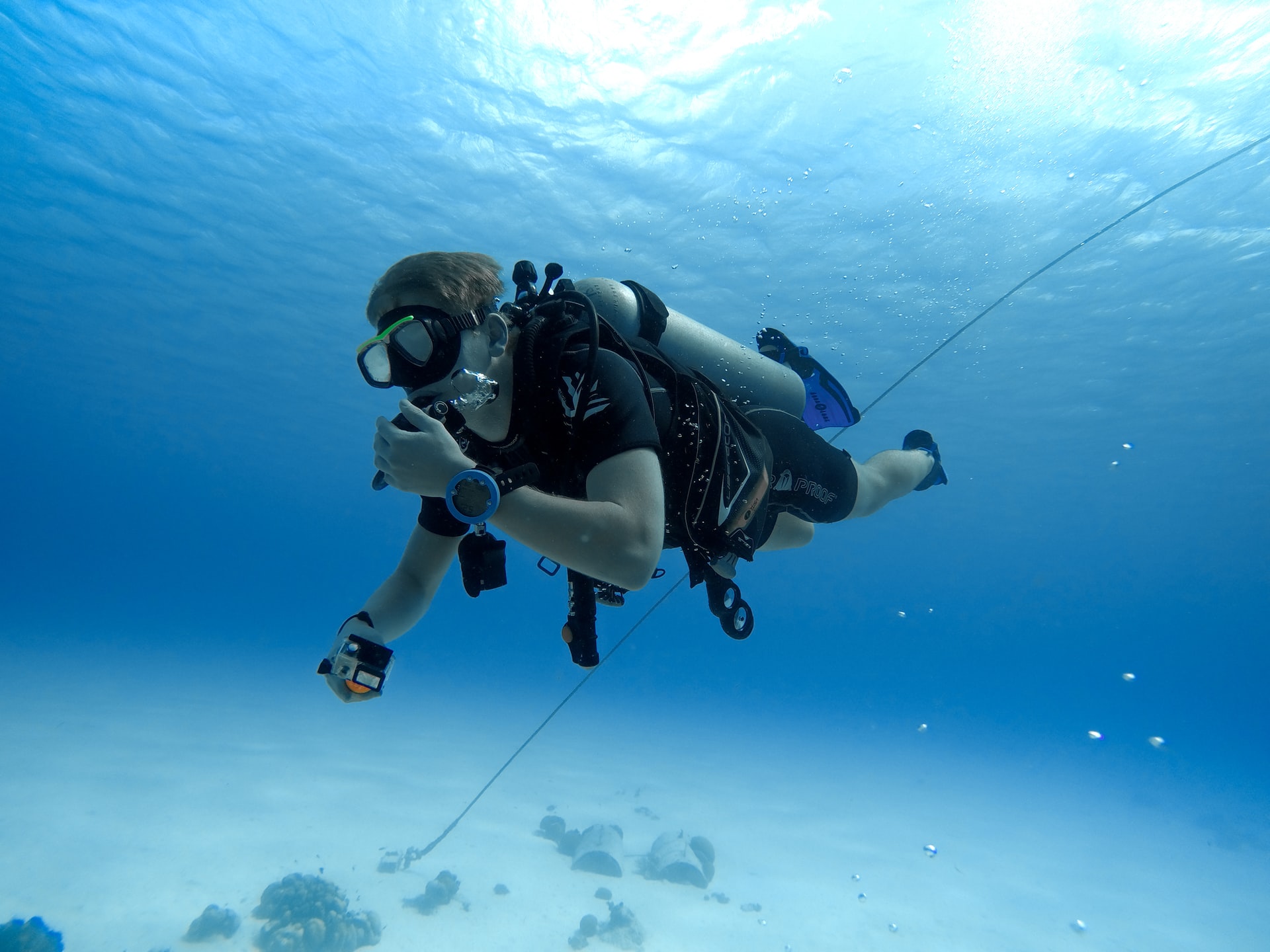
Are Scuba Divers Athletes? All the Facts (+New Competitive Forms)
-
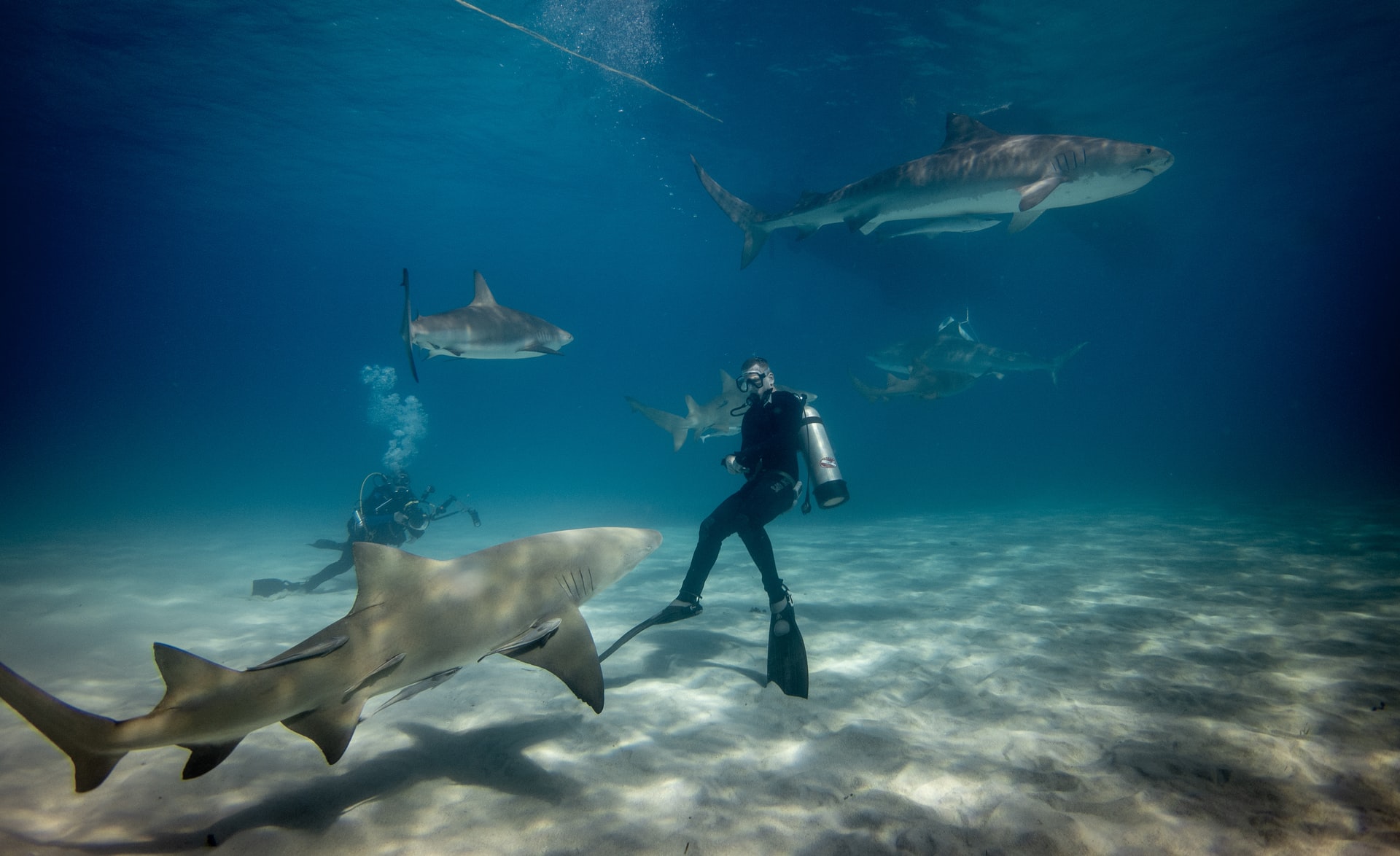
Are Sharks Scared of Scuba Divers? (What Every Diver Must Know)
-
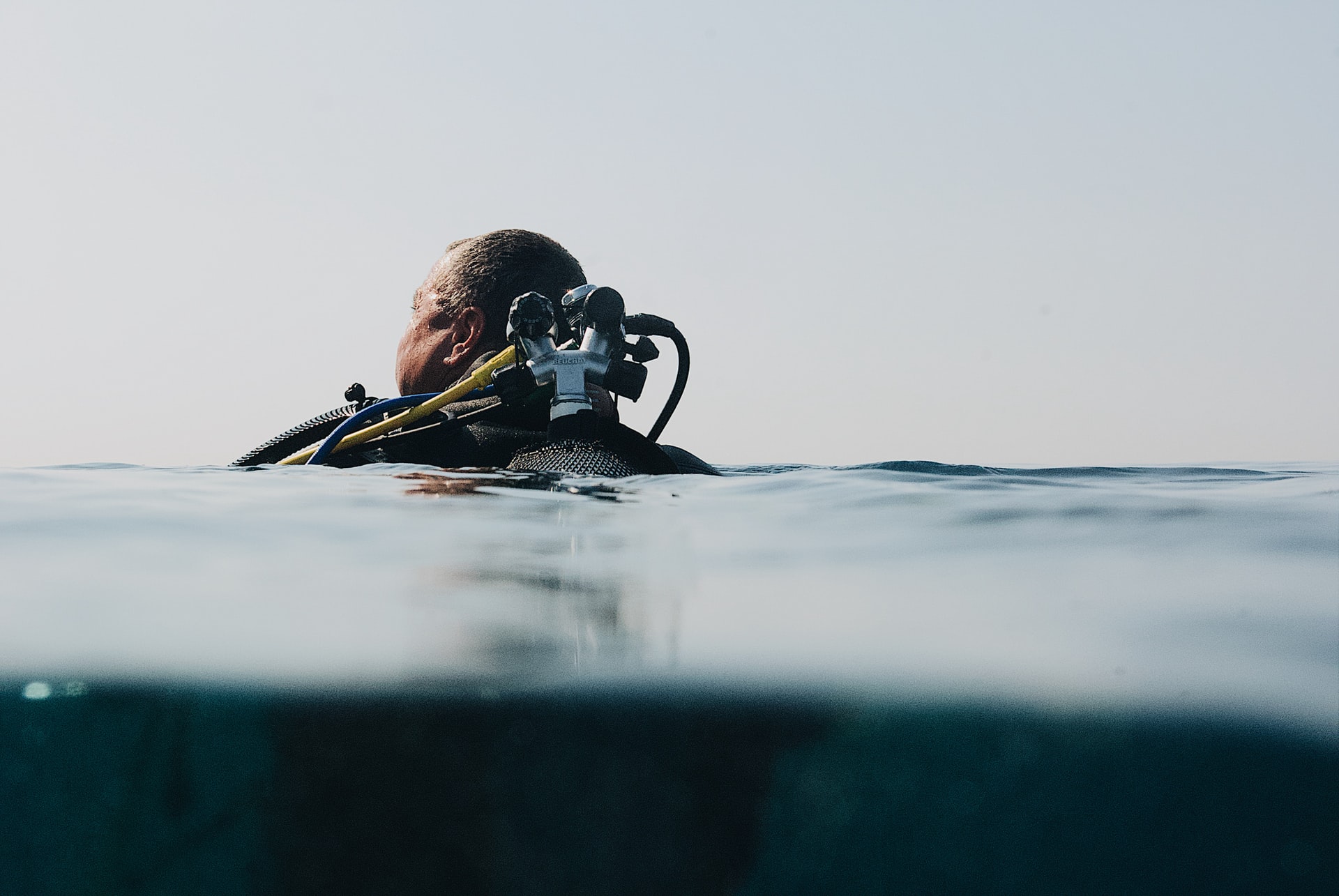
Who Should Not Scuba Dive? 17 Reasons (Every Diver Should Know)
-
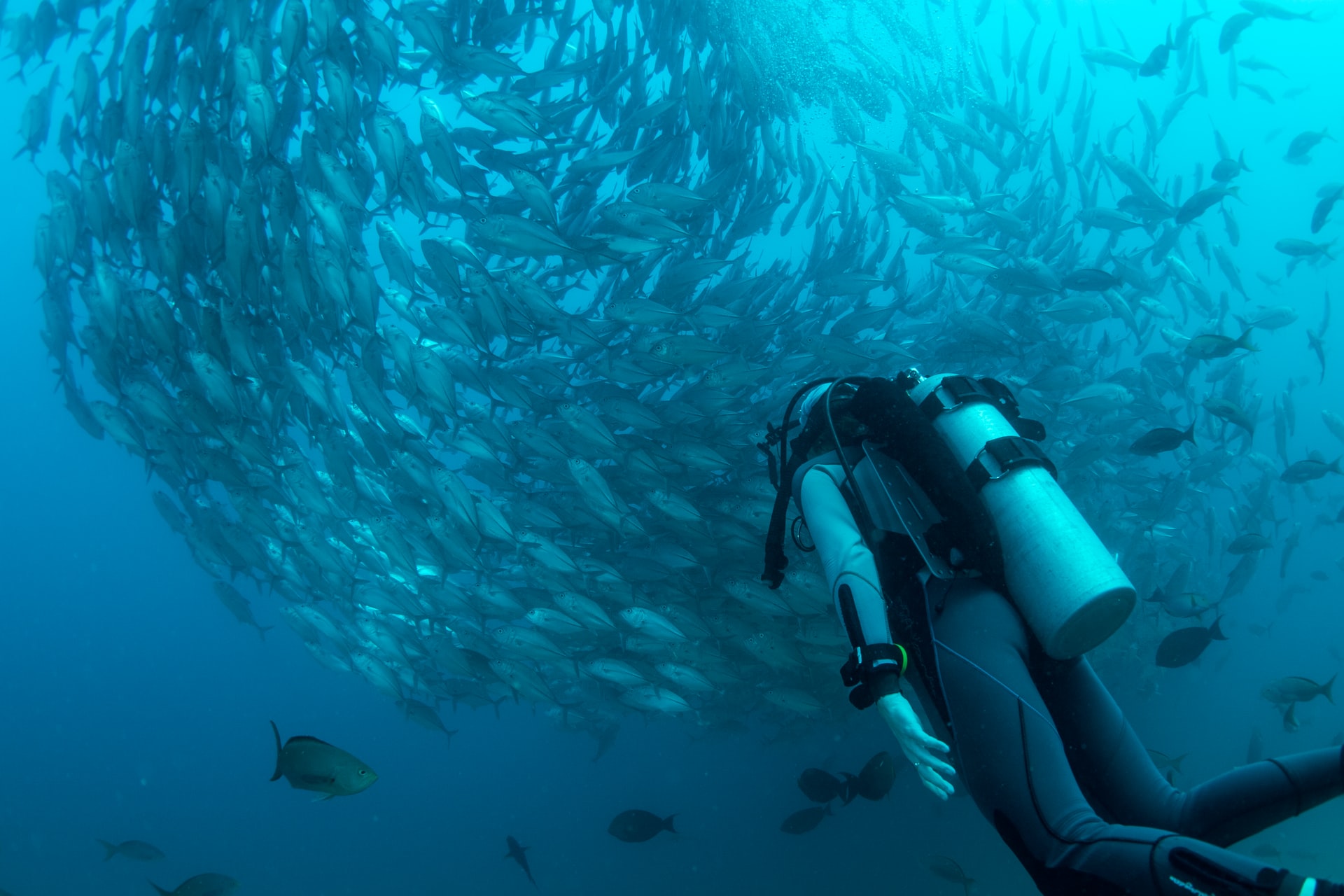
Should I Be Scared of Scuba Diving? 8 Common Fears (Debunked)
-
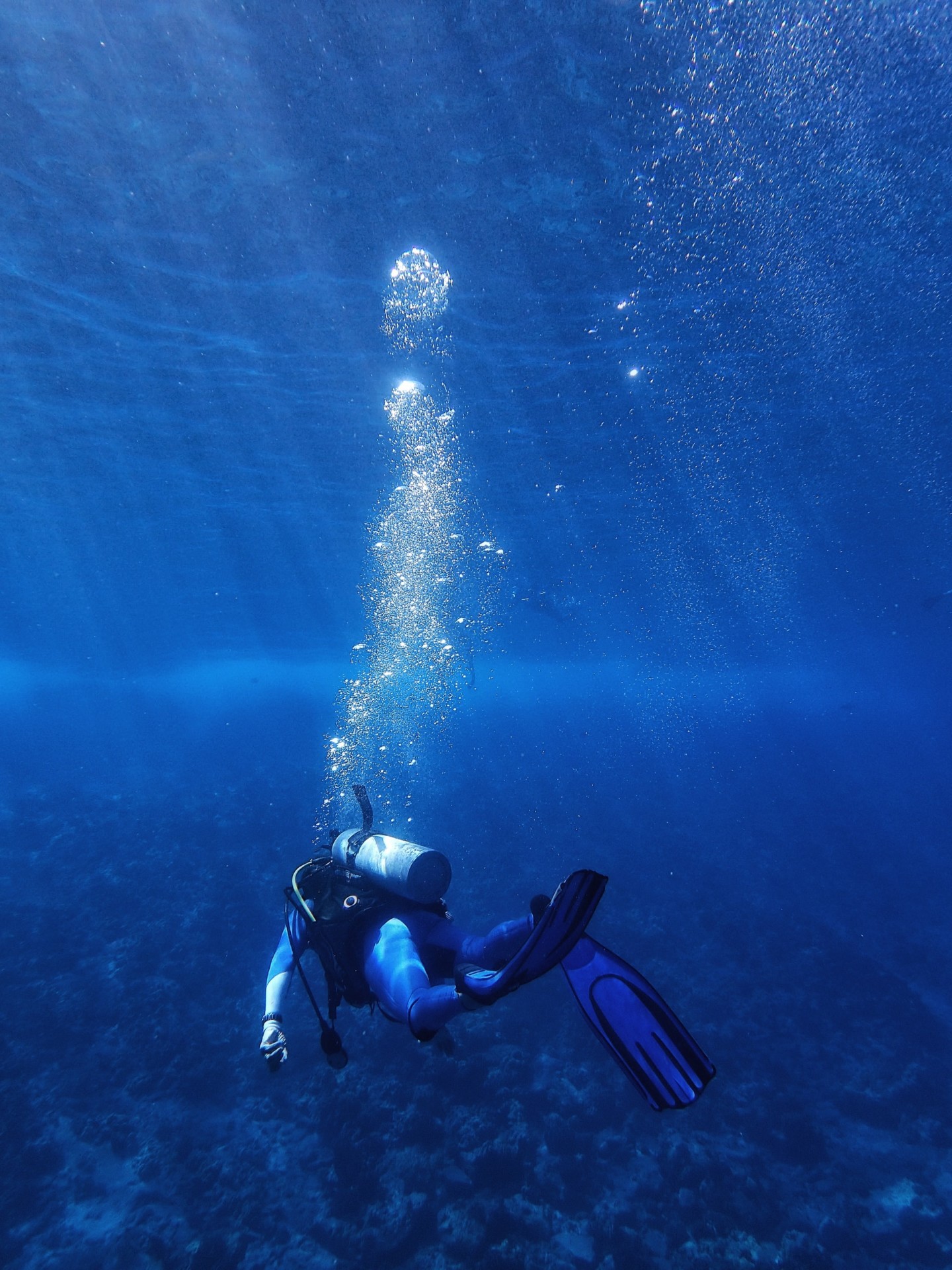
Why Do Scuba Divers Use More Air at Depth? (+4 Practical Tips)
-
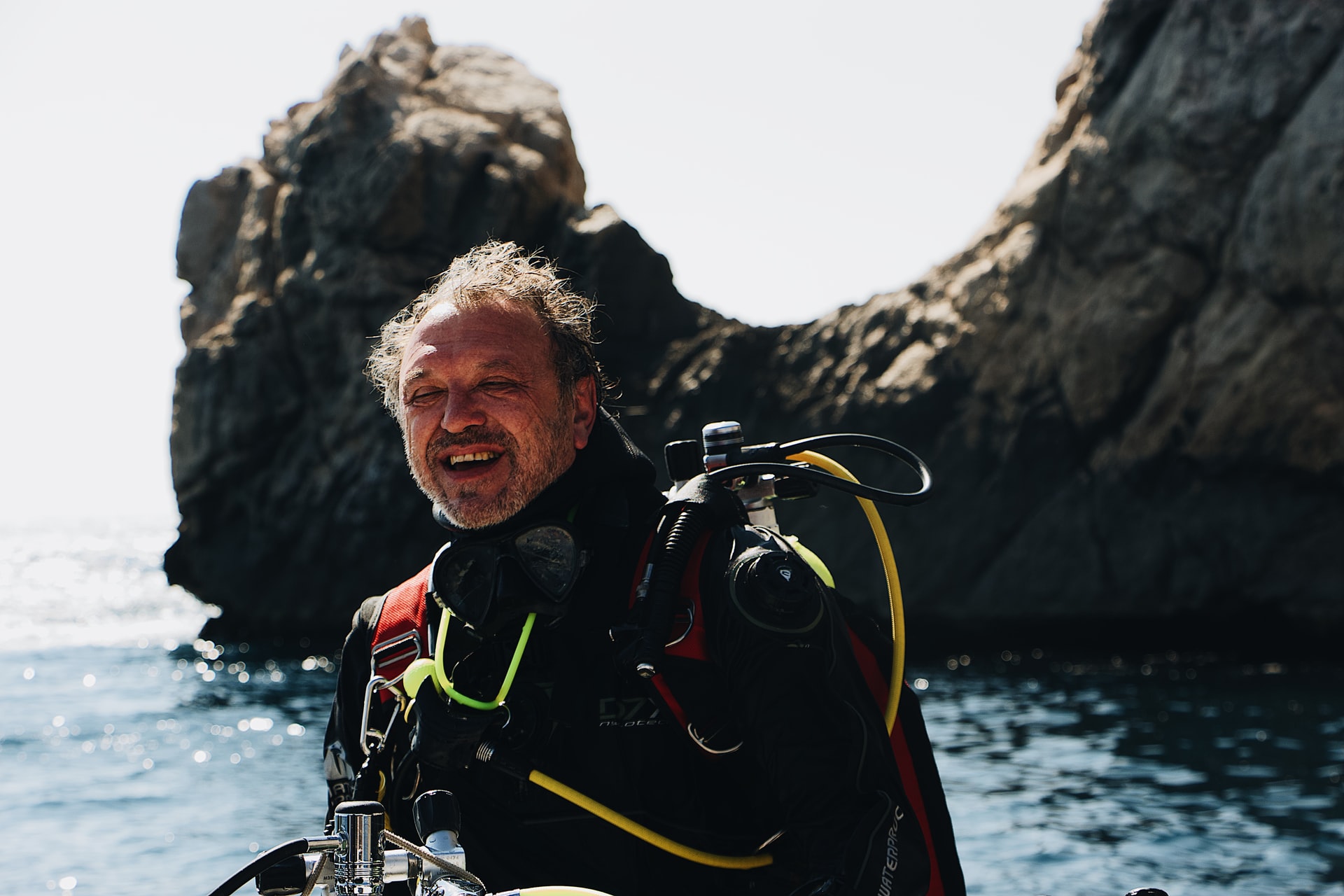
At What Age Should You Stop Scuba Diving? (+9 Tips for Older Divers)
-
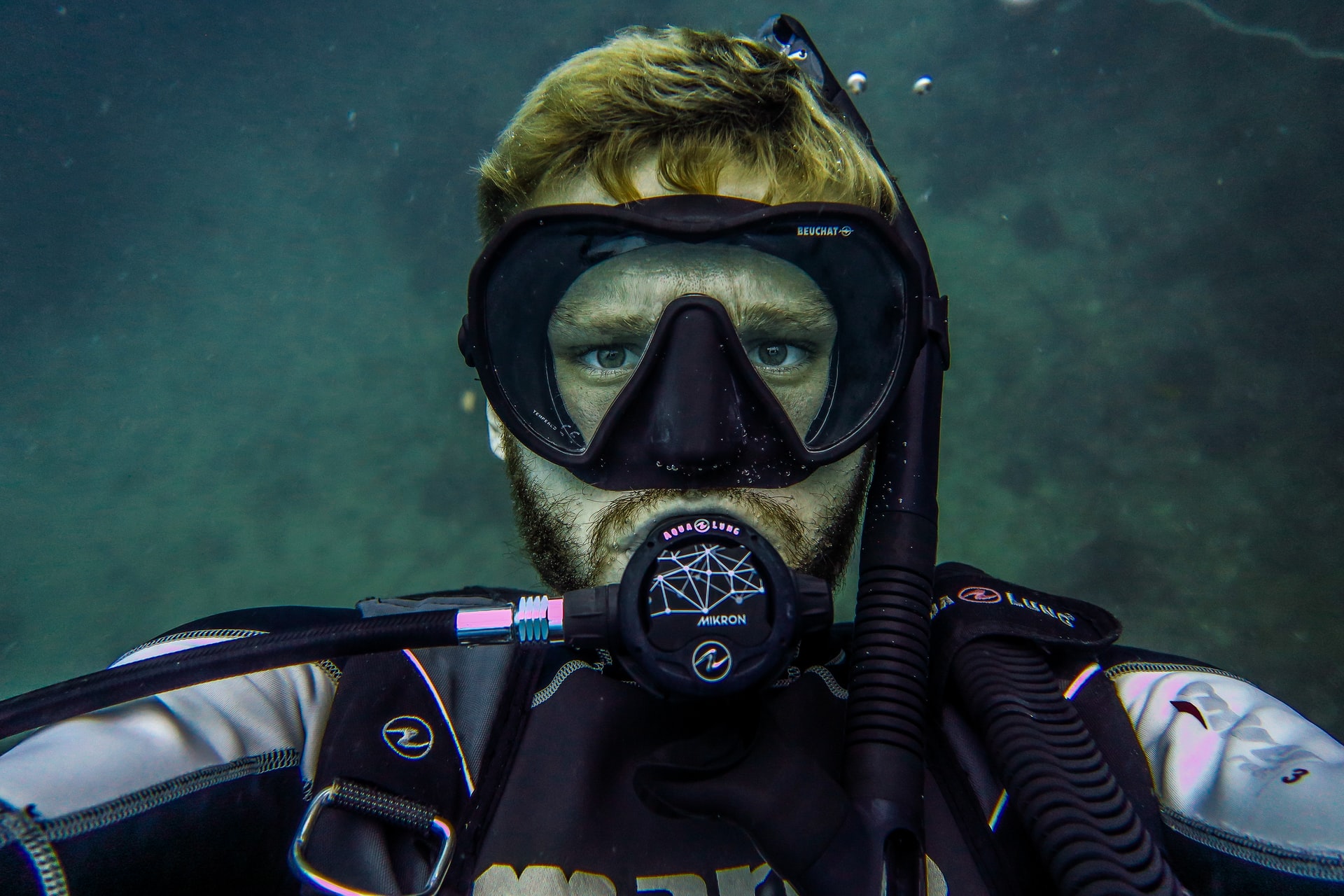
Should I Shave Before Scuba Diving? Crucial Facts (+9 Helpful Tips)
-
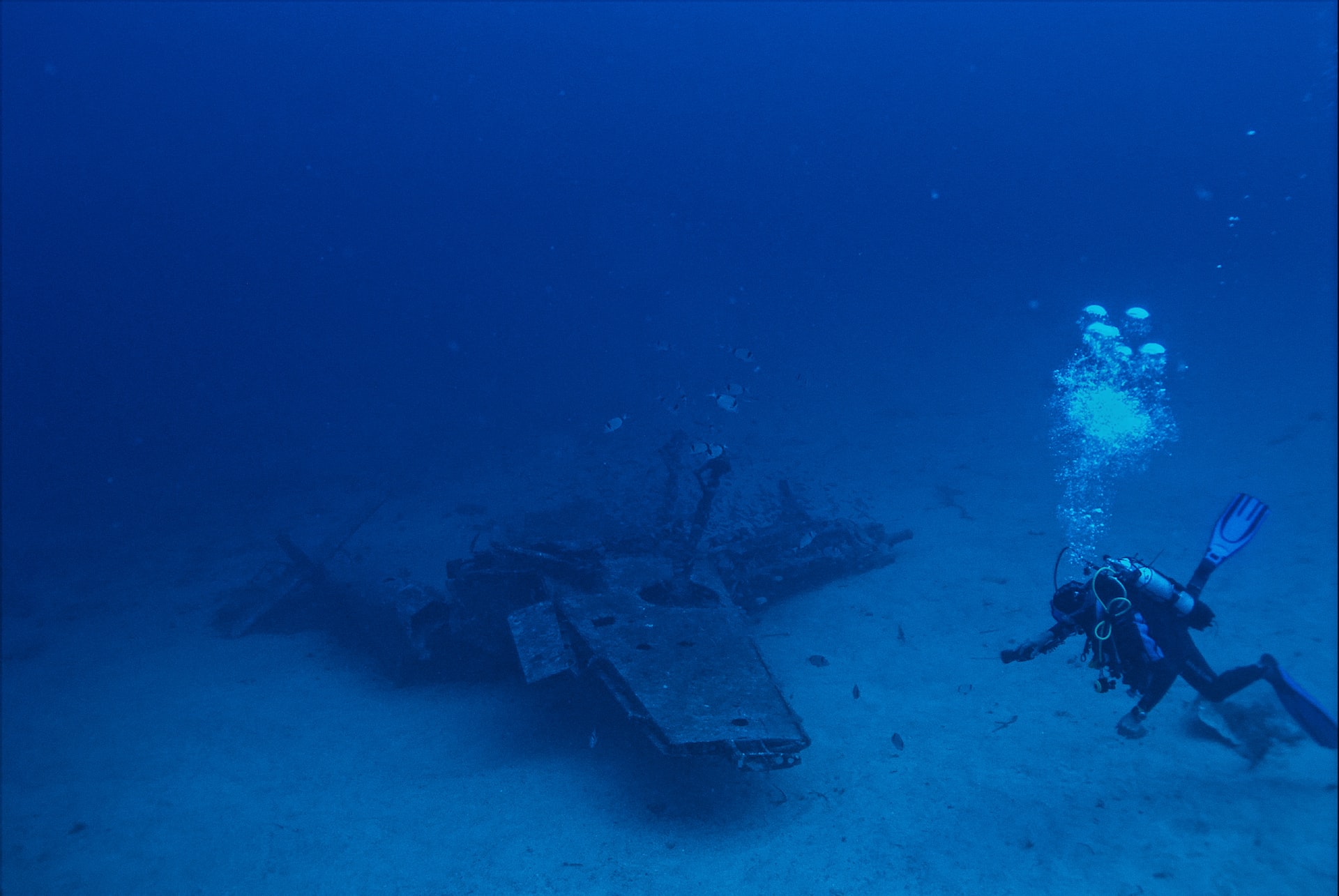
Why Do Scuba Divers Use Helium? (+Its Pros & Cons)
-
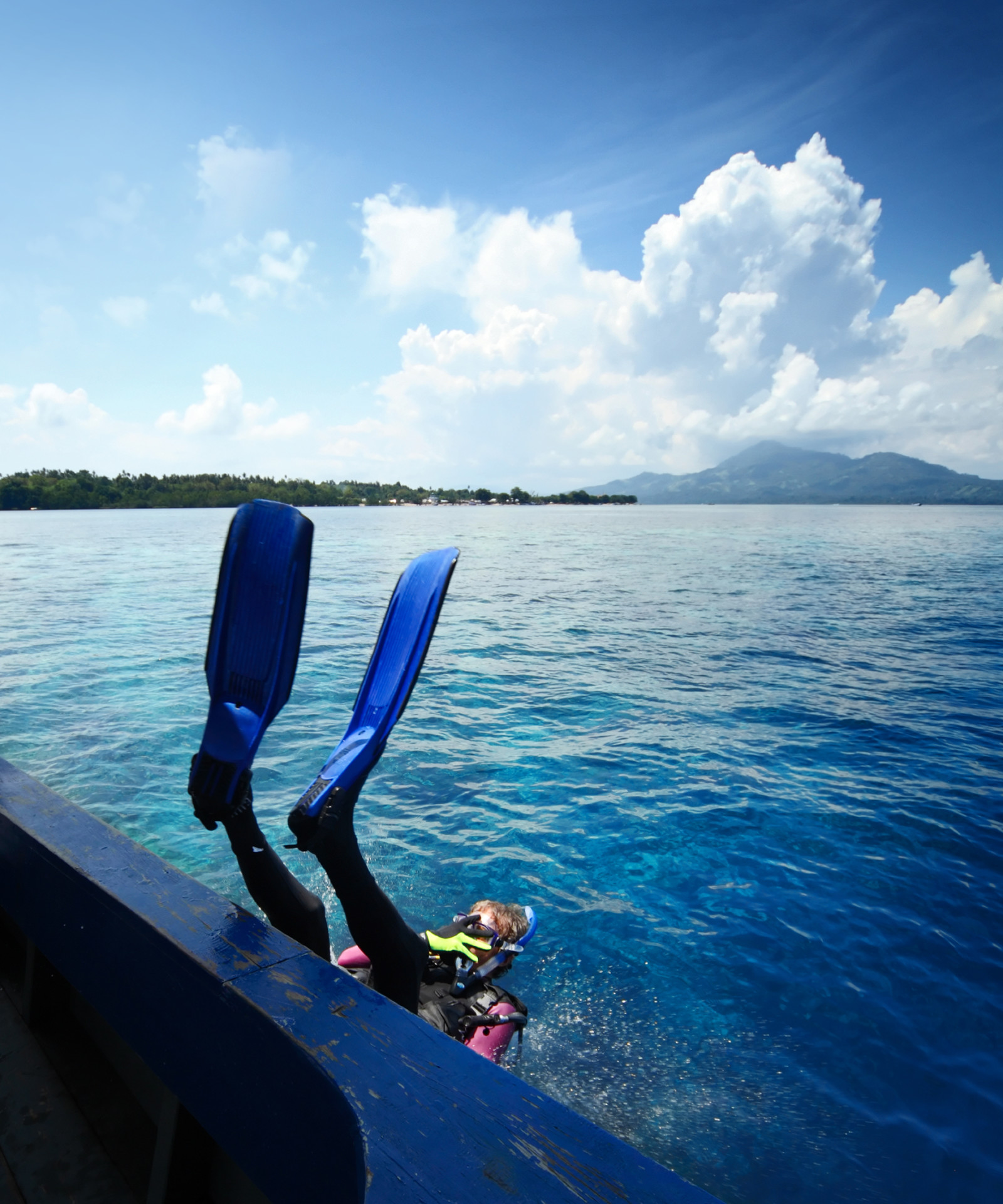
Why Do Scuba Divers Go in Backwards? (+3 Alternative Entries)
-
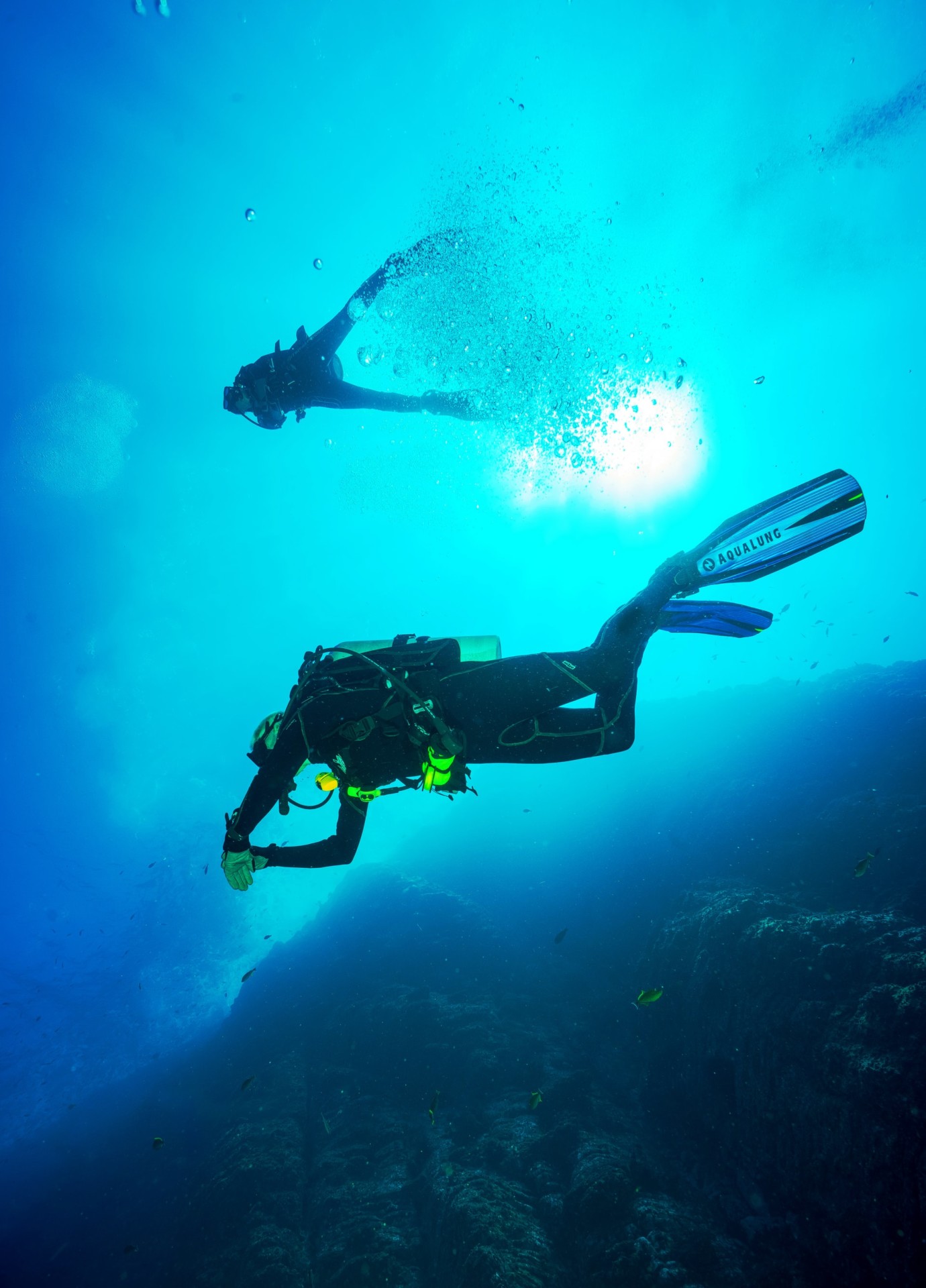
How Do Scuba Divers Sink and Float? (+Tips to Get It Right)

